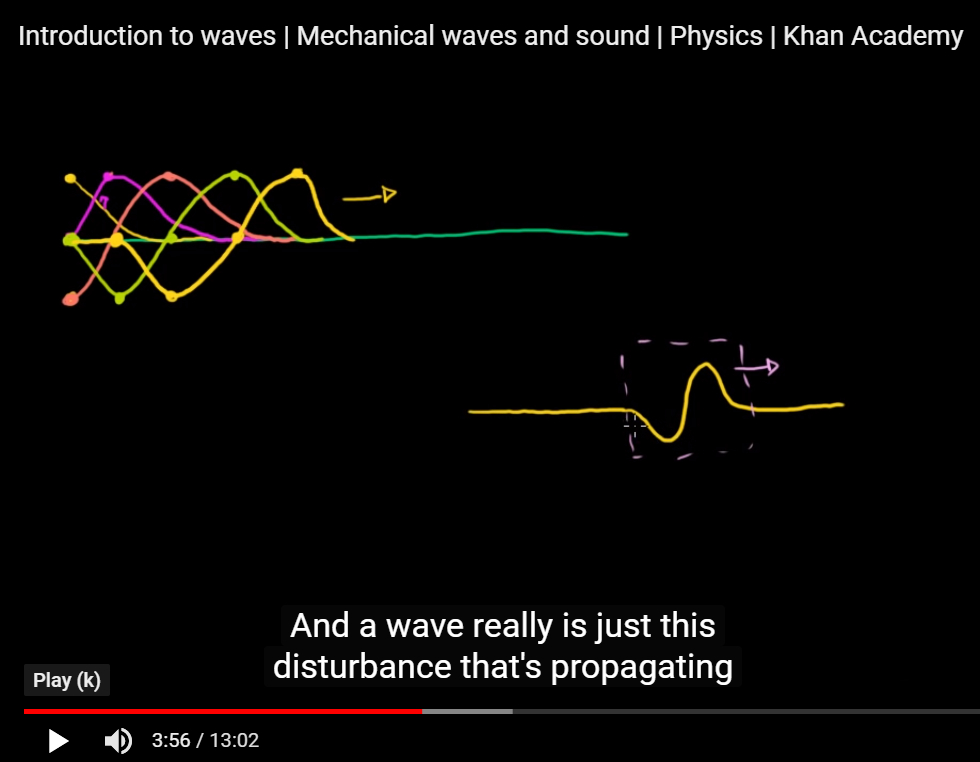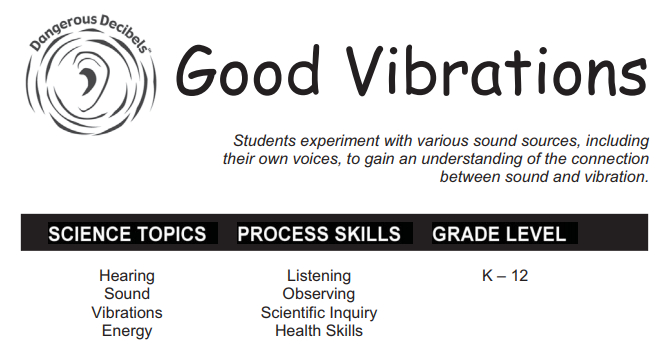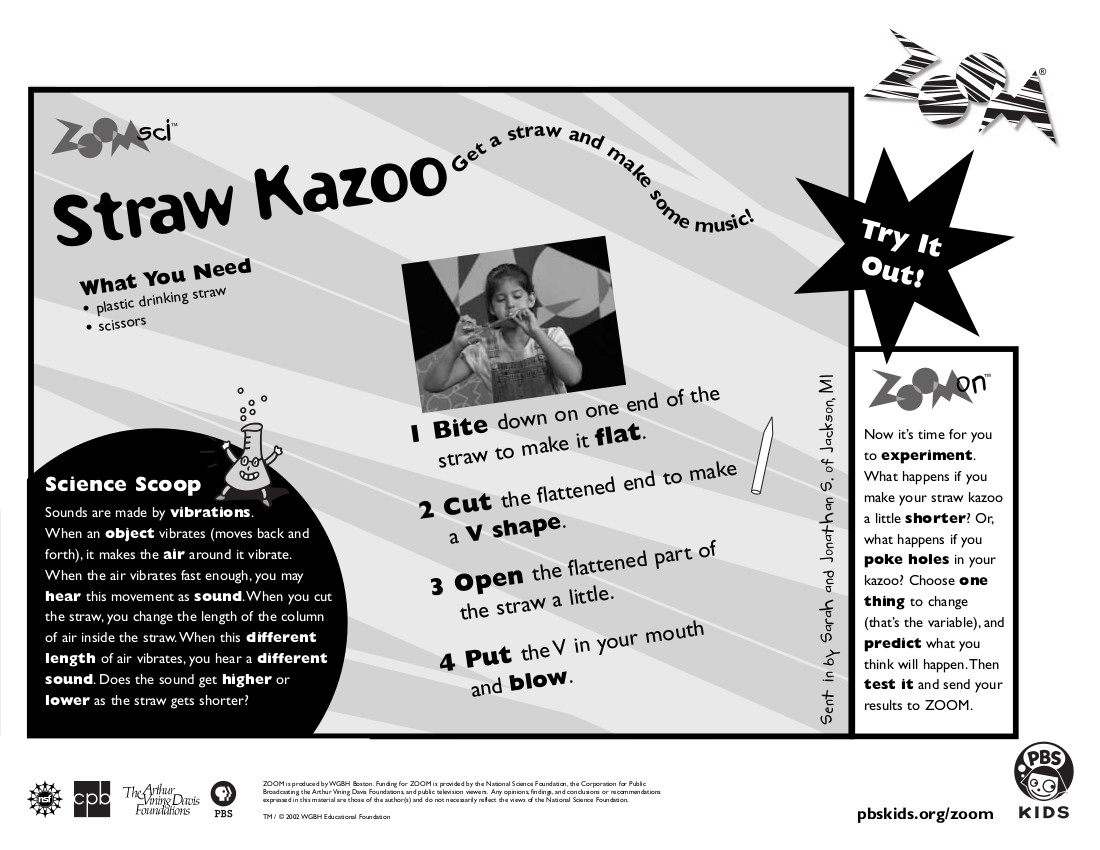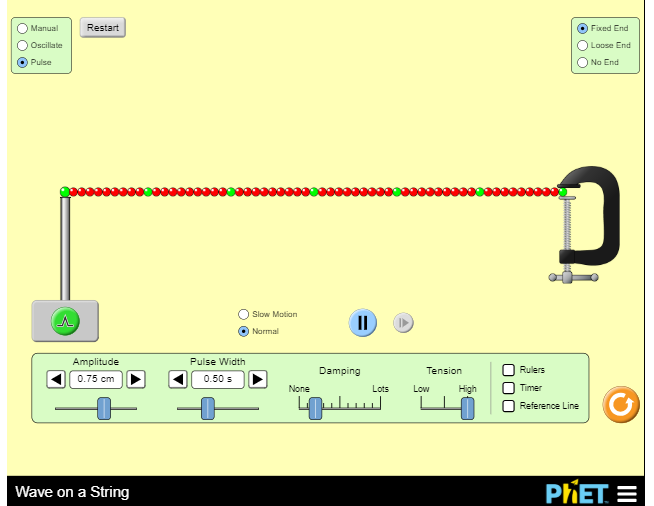 If a tree falls in a forest and there’s no one to hear it, will it still make a sound? This is an old question, but what’s the answer? Sound can be a difficult concept to portray because the waves cannot easily be seen or touched. What is sound, and why do we care about it? There is plenty of vocabulary associated with sound waves, including frequency, amplitude, longitudinal waves, transverse waves… the list goes on. So how do you introduce and teach this topic? We scoured the Internet for great ideas. Hope you enjoy them!
If a tree falls in a forest and there’s no one to hear it, will it still make a sound? This is an old question, but what’s the answer? Sound can be a difficult concept to portray because the waves cannot easily be seen or touched. What is sound, and why do we care about it? There is plenty of vocabulary associated with sound waves, including frequency, amplitude, longitudinal waves, transverse waves… the list goes on. So how do you introduce and teach this topic? We scoured the Internet for great ideas. Hope you enjoy them!
If you have other ideas or websites you’d like to share, please write to us in the Comments section below.
Questions Galore!
What’s the difference between sound waves and light waves? Great question! In its simplest form, we can explain that sound waves are longitudinal and require a medium—such as air—to propagate and travel. Light waves, instead, are transverse and can move freely through space without the need for a medium. Read more on The Physics Classroom’s Tutorial on Waves.
How does sound travel? Let’s start with the idea that sound is actually the energy that things produce when they vibrate. But sound needs a medium to travel through in order to be heard. Check out this quick lesson on how sound travels—including Robert Boyle’s classic experiment.
Why do we sound different when we hear our voices on a recording? The reason, it turns out, is “all about that bass.” This article and video do a great job of explaining!
How can sound waves shatter a glass? Our friend Physics Girl recently made a video about this. Check it out here!
Why is there no sound in space? The short answer is that order for sound to travel, there has to be something with molecules for it to travel through. On Earth, sound travels to your ears by vibrating air molecules. In deep space, the large empty areas between stars and planets, there are no molecules to vibrate. There is no sound there. Although… there are some nuanced situations in which sound could potentially be possible (i.e. during the Big Bang). Read more here.
Good Vibrations!
Oregon Health and Science University has a wonderful 24-page classroom lesson called “Good Vibrations” that can be adapted for any grade level. Students will experiment with a tuning fork, create their own mini drum and rubber band guitar. Fun—and memorable! You can download the PDF here.
Learning about Pitch
PBS has a video, activity sheet and lesson based on making your own straw kazoo. They’ve even included NGSS standard correlations. Perfect for grades 3-8! There are also similar lessons for making a guitar and a water trombone. Click here or on the graphic below for the straw kazoo PDF.
A One-Stop Sound Resource!
Science Trek, a production of Idaho Public Television, has a vast assortment of resources related to teaching sound. We’re talking lesson plans, classroom activities and more. We especially like their Build Your Own Candy Wave Machine option. (Check out the video on our Sound and Waves TV link!)
A Conversation about Waves
We really like this simple explanation of waves from The Conversation. You’ll be able to quickly review sound concepts to get your students started.
Explore Sound
The Acoustical Society of America’s Explore Sound website is a splendid resource for all grades. It is bursting with excellent lessons, activities, videos and simulators such as this Wave on a String Simulator from to PhET Interactive Simulations.
Waves and Sound for AP Physics
If you teach AP-level Physics, Khan Academy has a wonderful, multi-part tutorial on waves and sound that includes videos, review quizzes and more.
You may also want to check out this wonderful Khan Academy video series about sound properties, such as how to find the amplitude, period, frequency and wavelength for a sound wave.






is this right for physics